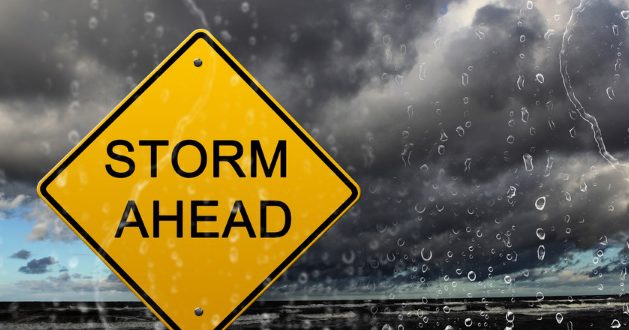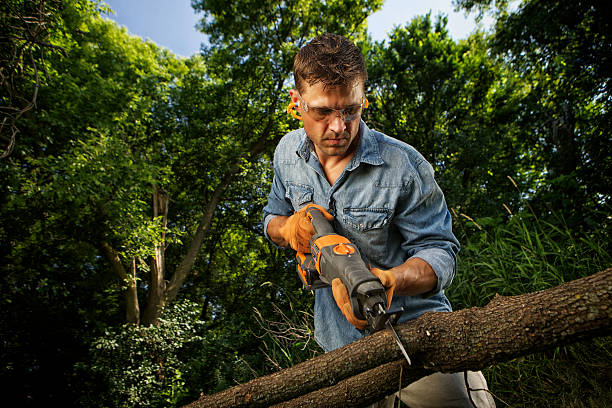
Your home is one of your largest investments, so protecting it from natural disasters is probably one of your top priorities.
This year, the National Oceanic and Atmospheric Administration’s (NOAA) Climate Prediction Center expects a “above-normal” hurricane season. That means approximately 16 to 20 named storms, including four to eight hurricanes, one to four of which may be severe, between June 1 and Nov. 30.
It is very important to note that the seasonal outlook cannot forecast where and when storms will form, let alone if/where they will make landfall and what the impacts would be. It only takes one storm hitting your area to make it a bad year, regardless of the number of storms that are forecast in the seasonal outlook.
you can do many small things to improve the chances of your home making it through a storm.Remember: Your own safety is more important than protecting your home, so staying behind when others are evacuating is never a good idea.
If the order comes to evacuate, you evacuate, you’re not going to stay home and hold onto the doorknob and hold the door closed. You want to go having done the things you should have done so there’s a good chance when you return that your house is in good shape.
Here are 10 things you can do before the winds start howling and the rain starts pouring down to make sure your home is protected in the event of a hurricane.
Review Your Insurance Policies

Take time each year to make sure your insurance policy will cover the full cost of rebuilding if you lose your home in a storm.
A lot of people insure their home to what the value of the home is, but maybe the cost to rebuild is more, building costs are always on the rise, so you want to make sure you’ll have enough to rebuild if necessary.
Consider Flood Insurance

Many homeowner insurance policies cover damage during a hurricane, but not the floods that often follow the storm, Worters said.
The big thing after Hurricane Harvey was that a lot of people’s homes were destroyed by the flooding, and they didn’t have insurance for that. There’s a huge amount of flooding associated with hurricanes.
Take an Inventory of your Property

Survey your home and tally your possessions each year, so you know exactly what you need to replace and how much it’s worth.
The III offers a free app for Android and iOS devices that could help you document your possessions and your insurance policies so you know what you own and what your policies cover. It also provides ready access to your insurance agent’s contact information, in case you ever need to get in touch regarding your coverage or a specific claim.
Secure & Seal Your Roof

It all starts with the roof, the roof is the largest potential opening on the house, and wind and water can do terrible things if they get through the roof.
Inspect your roof covering to make sure all the shingles or tiles are secured and that none are cracked or missing. If you’re re-roofing, consider spending about $500 extra to seal the roof deck, Rochman said. This usually involves either putting waterproof tape over the roof’s seams or covering the whole thing in a membrane that seals water out.
Trim Your Trees

Make sure that there are not any dead sections on your trees threatening the home. Trees are a major factor that causes claims. Broken limbs could land on your (or your neighbor’s) house or become missiles that can break windows during a storm. If your tree damages your house or a neighbor’s house, your insurance cover the damages, but it may pay only a portion — say, $500 to $1,000 — of the cost of tree removal. And in most cases, nobody’s insurance policy will pay if the tree falls but doesn’t hit anything, even though hauling it away could cost a few thousand dollars. See When Your Tree Falls in Your Neighbor’s Yard for more information.
Add Roof Straps

In some states, including Florida, builders are required to attach a home’s roof to the walls with metal straps. In other places, roofs are mostly held on to the house by gravity.
If you can access your roof via an attic, you can have these metal roof straps added to your home for an estimated amount of $400 to $600.
Secure Porches & Carports

“If you’ve got a porch or carport on your house and you think it looks like a wing, that’s what it’s going to be, It could potentially tear a hole in your house.
Make sure the posts supporting your porch, carport or other structures attached to your home are firmly anchored to the ground.
Seal Windows & Doors

Check the seals around your windows and doors. Normal weather — especially in hot climates — can damage seals over time, allowing sideways-blowing rain to get in during a storm. Broken windows can let in wind and rain, and they can also increase the pressure under the roof. Storm shutters provide the best protection, but boarding up windows when a storm is on the way can help, too. Don’t bother taping your windows though, putting masking tape on the windows literally does nothing. Make sure doors have several locking mechanisms so they don’t fly open; deadbolts are best. And it’s important to secure windows and doors at all sides of the home — not just the one facing the body of water where hurricanes could form — because hurricanes can swirl in any direction. See the Institute for Business & Home Safety’s DisasterSafety.org for details about how to make your windows and doors more secure.
Seal Holes

Where you have cable or other electrical wires coming into the side of your house, they punched a hole through the exterior wall, You can seal these holes to prevent water from getting in using caulk you can buy for a few dollars at most home-improvement stores.
Clear the Lawn

Make sure you’re not creating missiles by leaving things lying around in your yard, any items that can be picked up by strong winds — your grill, lawn furniture, garden gnomes and other items — should be stored indoors or secured to the ground.
Reinforce Your Garage Door

Most garage doors are not reinforced, and when the wind gets into the garage, it creates a positive push at the same time that the wind swirling above the structure creates a negative pull. That push-pull combination can cause the roof to fly off. You can strengthen your existing garage door by installing a vertical garage door brace and reinforcing it with horizontal wooden beams. See the National Weather Service information sheet to learn about kits that you can buy at home-improvement stores to brace your garage doors.
Sources for this article’s information and images include that from the following links:

